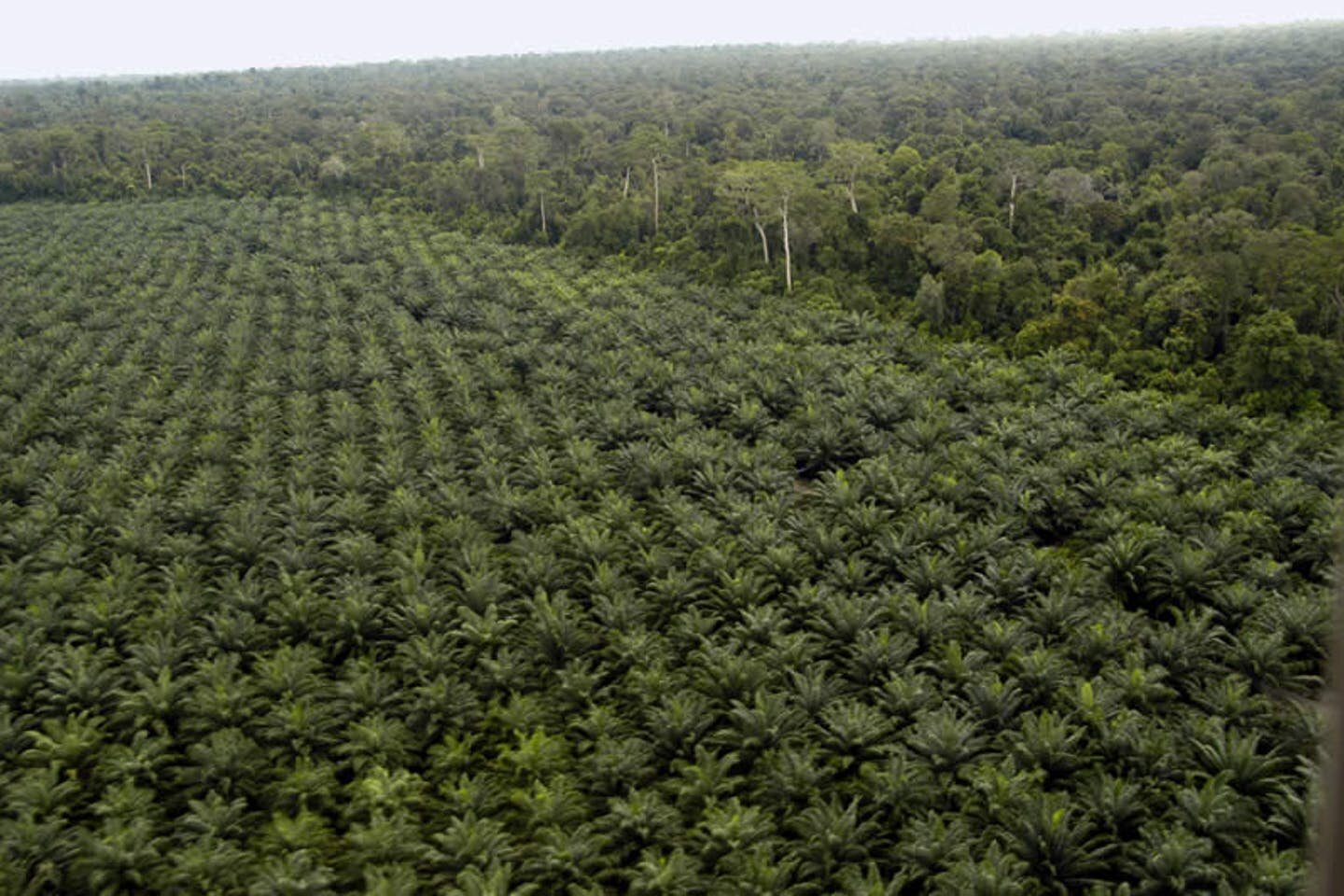4 Ways to Spot Palm Oil in the Ingredients List
Palm oil is found in half of the products on a supermarket shelf: from frozen pizza to your deodorant, lipstick, laundry detergent, cookies and nutella. It is the main driver of tropical deforestation as there are no laws banning it as an ingredient, and companies are not obliged to list whether they use palm oil or not.
You might also like: Sri Lanka Bans Palm Oil Imports
So what is palm oil? It is a vegetable oil derived from the fruit of oil from palm trees. Two types of oil can be produced: crude palm oil comes from squeezing the fleshy fruit; and palm kernel oil comes from crushing the kernel, or the stone in the middle of the fruit.

You might also like: Is it time to make palm oil illegal?
Unfortunately palm oil is not specified when described on the ingredients lists of the products that contain it.
- Often it goes by its synonyms: Vegetable Oil; Vegetable Fat; Palmate; Palmitate; Palmolein; Palm Kernel; Palm Kernel Oil; Palm Fruit Oil; Glyceryl; Stearate; Stearic Acid; Palmitic Acid; Elaeis Guineensis; Palmitoyl Oxostearamide; Palm Stearine; Sodium Laureth Sulfate; Sodium Lauryl Sulfate; Sodium Kernelate; Sodium Palm Kernelate; Palmitoyl Tetrapeptide-3; Hydrate Palm Glycerides; Etyl Palmidite; Octyl Palmitate; Palmityl Alcohol; Sodium Lauryl Lactylate/Suphate.
- So how do we spot palm oil if it often goes by these alternative terms? Any time that “palm” is mentioned, like palm kernel or palm stearine or palm fruit oil, or technical names such as palmitate, palmate, and palmitoyl. There are a lot of other technical names that contain ‘palm’ as part of the word, so you can assume this is a derivative of palm oil. Sometimes it goes by its scientific name of Elaeis Guineensis or derivatives of this like Saponified Elaeis Guineensis. It is also known as Sodium Kernelate.
- Another way of spotting palm oil in ingredients list is knowing the products and chemicals that use it: “Cocoa butter equivalent” or “cocoa butter substitute”, or CBE or CBS use palm oil.
 Sodium Laureth Sulfate uses palm oil and is present in most soaps, foam washes, shower gels, bubble baths and anything else that foams when you use it. This may also be listed as Sodium Lauryl Sulfate, Sodium Lauryl Sulfoacetate or SLS. Any ingredients containing the words “sodium” or “sulphate”, such as Sodium Dodecyl Sulphate (also known as SDS or NADS), Sodium Isostearoyl Lactylaye and Fatty alcohol sulphate.
Sodium Laureth Sulfate uses palm oil and is present in most soaps, foam washes, shower gels, bubble baths and anything else that foams when you use it. This may also be listed as Sodium Lauryl Sulfate, Sodium Lauryl Sulfoacetate or SLS. Any ingredients containing the words “sodium” or “sulphate”, such as Sodium Dodecyl Sulphate (also known as SDS or NADS), Sodium Isostearoyl Lactylaye and Fatty alcohol sulphate.
4. Anything that contains the words “cetyl”, “isopropyl”, “steareth”, “stearate”, “glycerol”, “glyceryl” or “lactylate” often use palm oil.
So why is Palm Oil used in everything? Palm oil is an extremely versatile oil that has many different properties and functions that make it so useful and so widely used. It is semi-solid at room temperature so can keep spreads spreadable; it is resistant to oxidation and so can give products a longer shelf-life; it’s stable at high temperatures and so helps to give fried products a crispy and crunchy texture; it’s also odourless and colourless so doesn’t alter the look or smell of food products. In Asian and African countries, palm oil is used widely as a cooking oil, just like we might use sunflower or olive oil here.
Bio-tech companies are producing synthetic palm oil and circular substitutes: C-16 is a lab-grown synthetic palm oil; and Revive Eco turns coffee ground into a palm oil alternative. Let’s hope these spread like your beloved Nutella.













